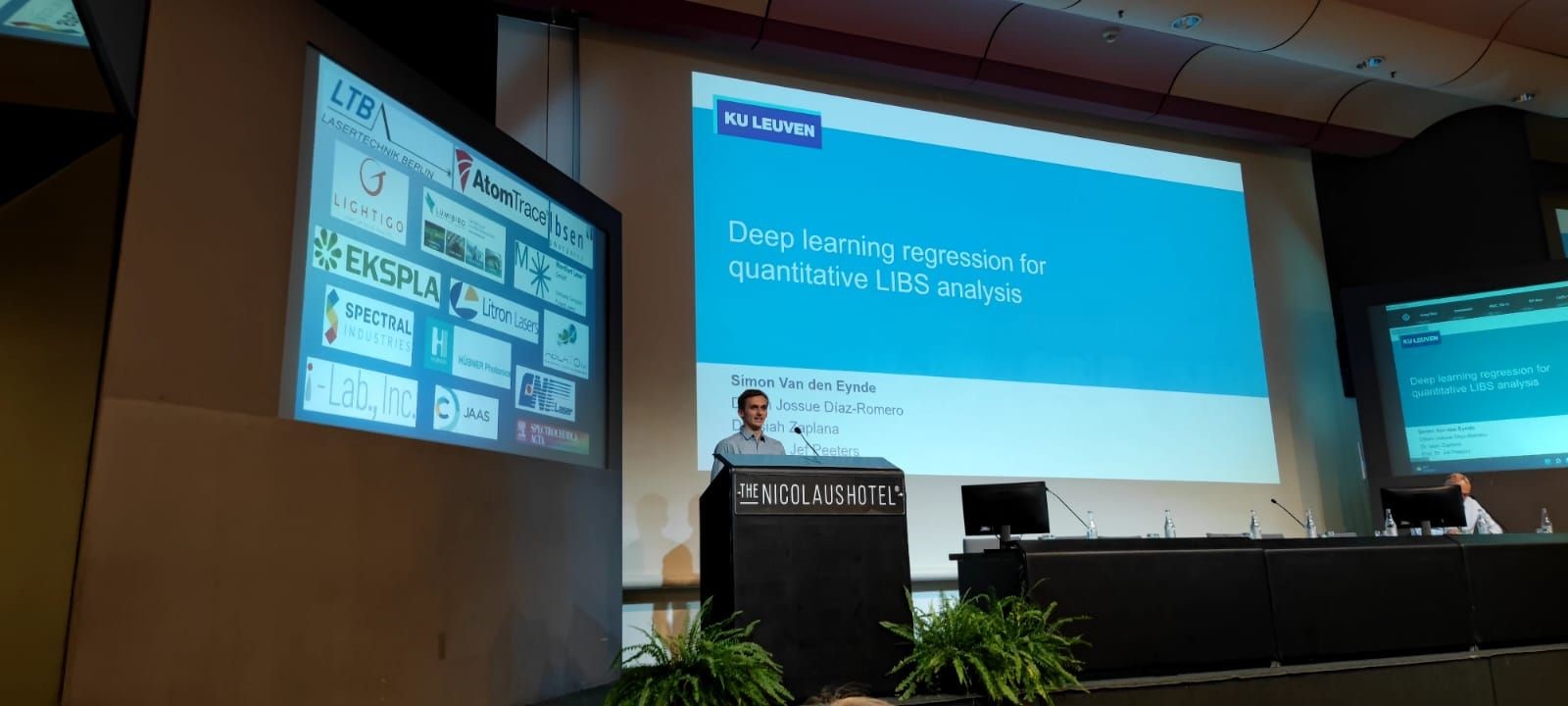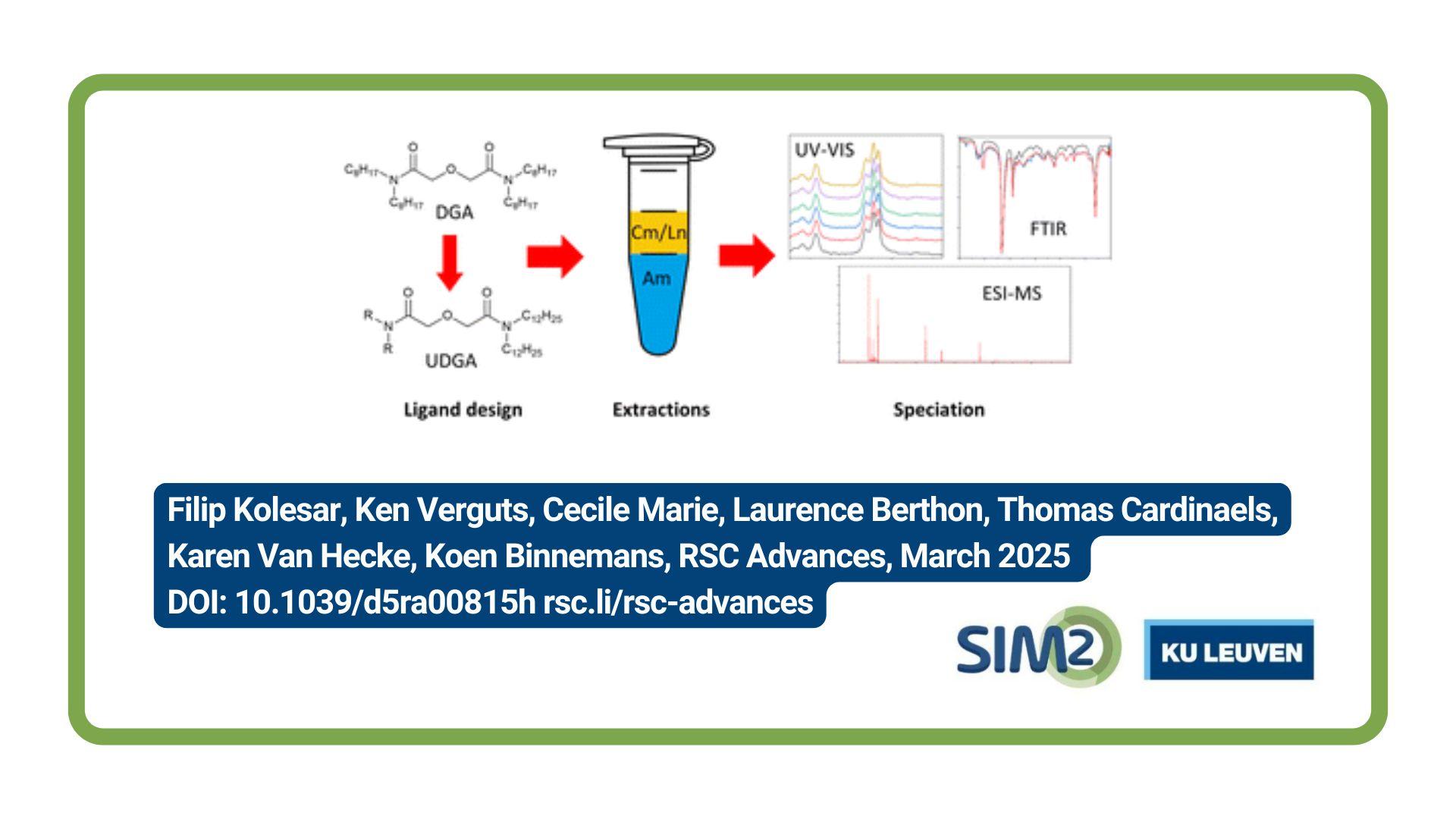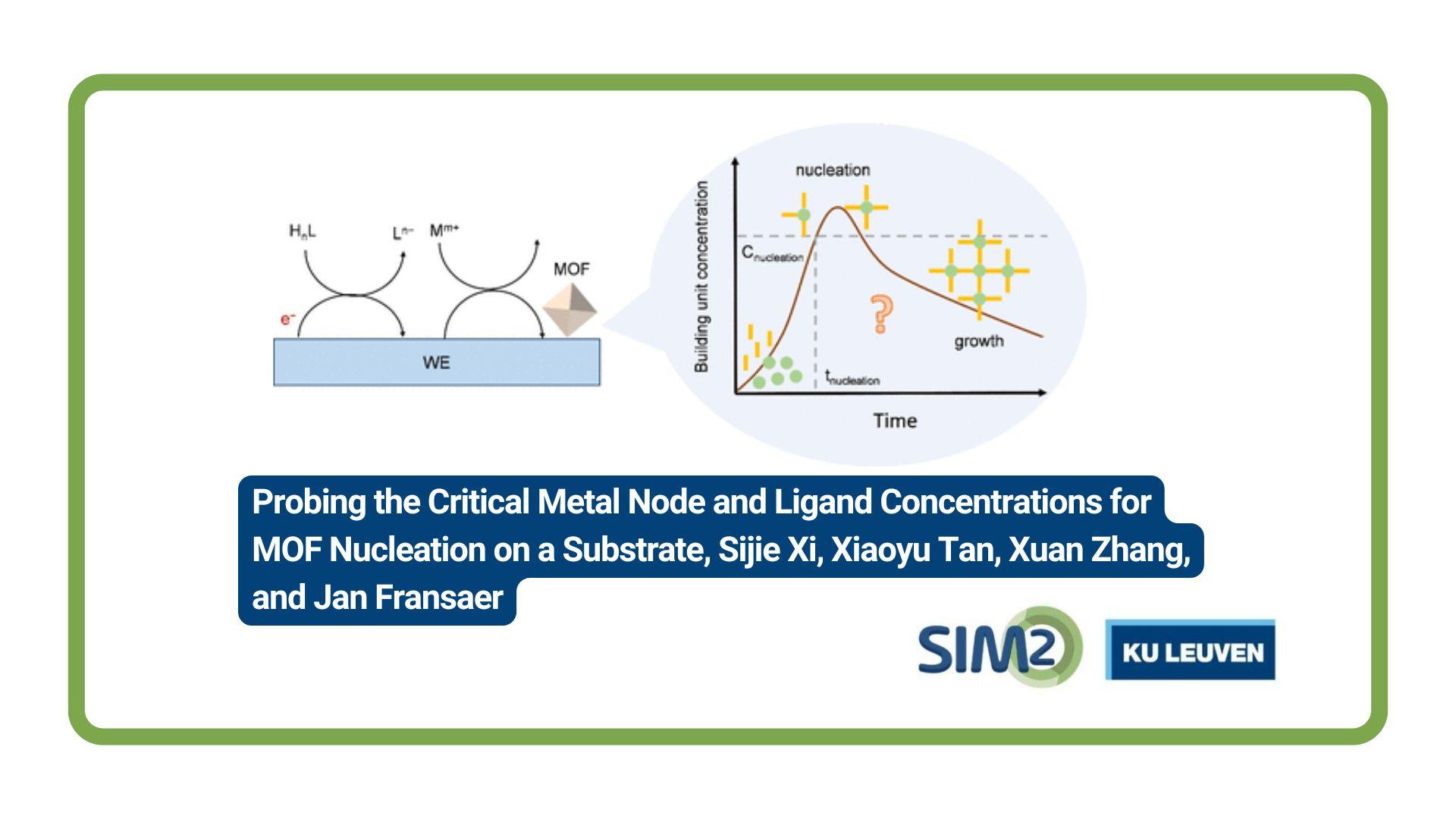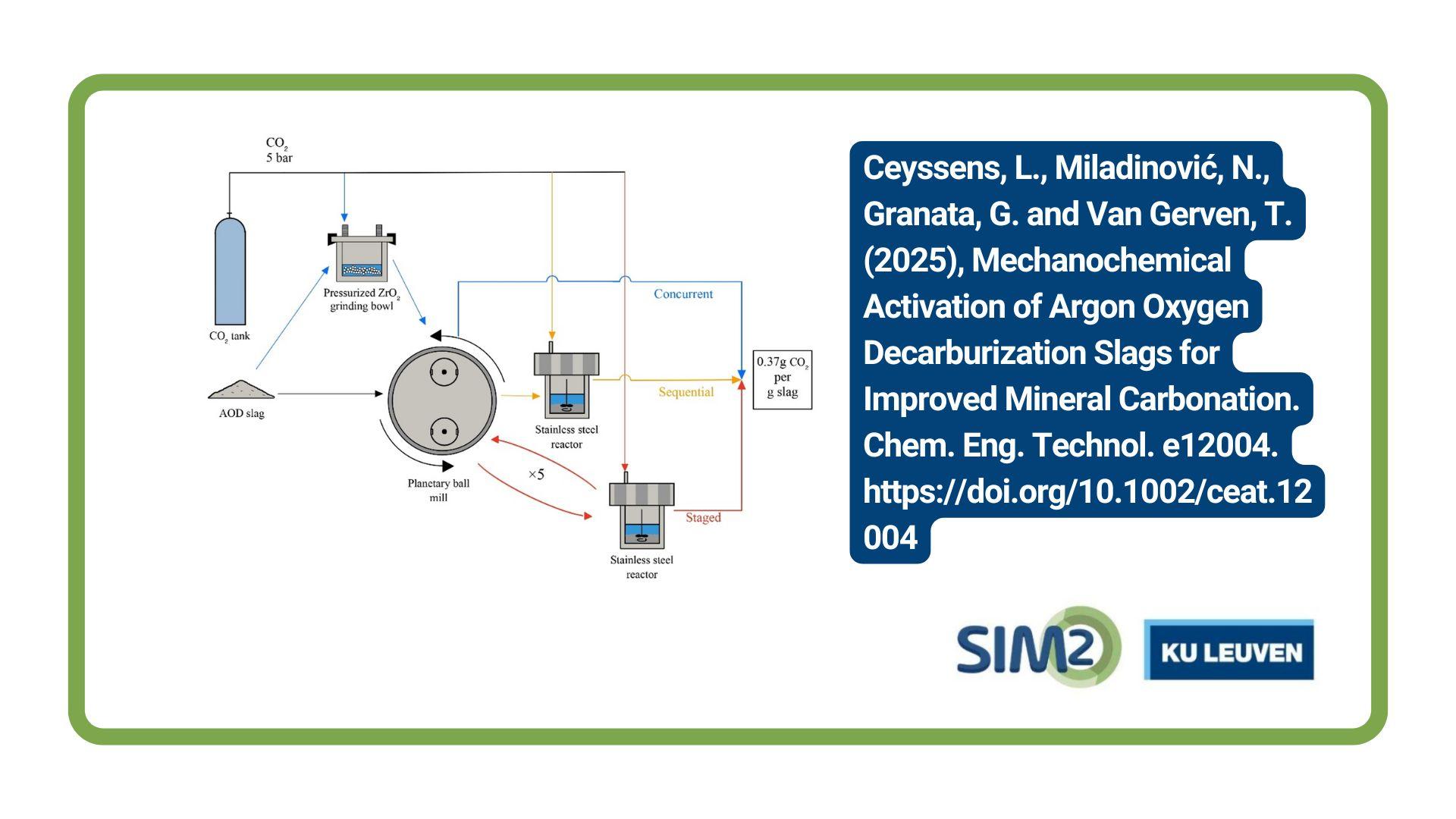After ranking among the top three teams in the LIBS 2022 regression contest, held at the LIBS 2022 conference in Bari, Italy, the team of the Life Cycle Engineering (LCE) research group of KU Leuven (SIM2 – KU Leuven) was invited to co-author a paper on the best performing regression models to quantify concentrations of alloying elements in steel samples. The paper has been published in the special issue of the journal Spectrochimica Acta Part B: Atomic Spectroscopy, dedicated to the LIBS 2022 conference.
Improving the performance of quantitative Laser-Induced Breakdown Spectroscopy (LIBS) analysis has been a long-term challenge in the LIBS community. LIBS is a prominent technique in a wide range of applications for material characterization and classification due to its inherent advantages over other techniques. However, many applications demand a very precise determination of the material composition to identify and distinguish sometimes highly similar materials. Therefore, research in the field of quantitative LIBS analysis attempts to continuously improve the accuracy of LIBS regression models.
Regression contest
The regression contest at the LIBS 2022 conference was organized to stimulate the development of new and innovative regression methods for quantitative LIBS analysis. The goal was to predict the concentrations of four alloying elements (Ni, Cr, Mo and Mn) in a set of steel samples based on LIBS spectra. The performance of the competing teams was measured in terms of Mean Average Error (MAE) and Root Mean Square Error (RMSE). Of all 21 competing teams, the KU Leuven team achieved the best performance in terms of MAE and third best performance in terms of RMSE.

Journal article
Along with the results of all competing teams, the journal article about the regression contest also describes the spectral pre-processing steps, feature selection method, normalization strategy, data augmentation, regression model, optimization strategy and software tools used by the top three performing teams. The strengths and weaknesses of each team’s approach are discussed, along with possible future improvements to advance the state-of-the-are in quantitative LIBS analysis even further.
Complete reference of the paper
The full paper can be accessed through https://doi.org/10.1016/j.sab.2023.106710
Erik Képeš, Jakub Vrábel, Panagiotis Siozos, Victor Pinon, Pavlos Pavlidis, Demetrios Anglos, Tong Chen, Lanxiang Sun, Guanghui Lu, Dillam Jossue Díaz-Romero, Simon Van den Eynde, Isiah Zaplana, Jef Peeters, Václav Kaňa, Antonín Záděra, Vincenzo Palleschi, Alessandro De Giacomo, Pavel Pořízka, Jozef Kaiser, Quantification of alloying elements in steel targets: The LIBS 2022 regression contest, Spectrochimica Acta Part B: Atomic Spectroscopy, Volume 206, 2023, 106710, ISSN 0584-8547.





